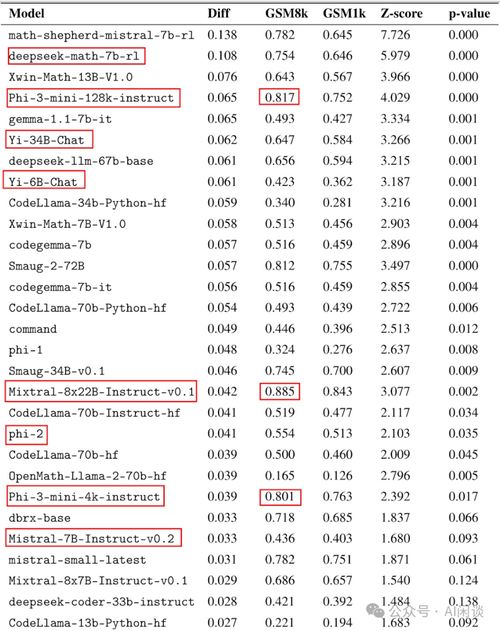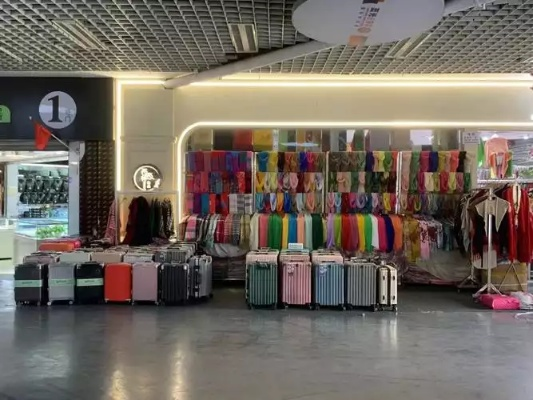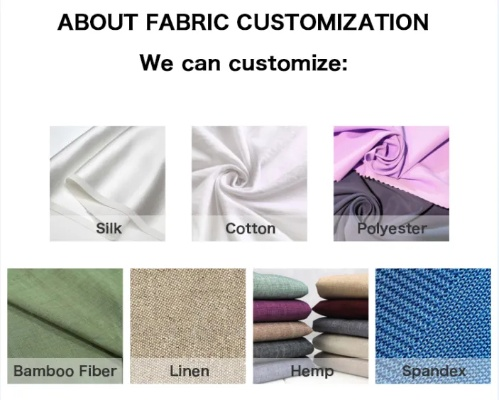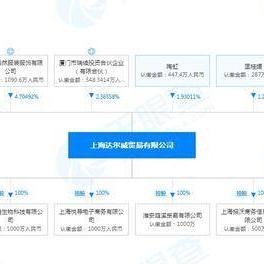Understanding and Measuring Textile Thickness Uniformity
: Understanding and Measuring Textile Thickness Uniformity,Textile thickness uniformity is a crucial factor in determining the quality of finished products. This paper aims to explore the methods for understanding and measuring textile thickness uniformity. The understanding of textile thickness uniformity involves analyzing the distribution characteristics of thickness, which can be obtained through various measurement methods such as surface profile measurement, cross-sectional measurement, and three-dimensional measurement. The measurement methods include contact measurement, non-contact measurement, and laser measurement. In addition, the relationship between thickness uniformity and product performance is also analyzed, and some key factors affecting thickness uniformity are discussed. Finally, the challenges faced in measuring textile thickness uniformity and future research directions are summarized.
Introduction: Textiles are an integral part of our lives, from everyday clothing to high-end fashion. The quality of these fabrics is often determined by their thickness uniformity, which affects the comfort, durability, and appearance of the product. In this article, we will explore the importance of textile thickness uniformity, its assessment methods, and how it can be improved through various techniques.

Importance of Textile Thickness Uniformity: Thickness uniformity refers to the consistent thickness of a textile material over its entire length. It is crucial because it ensures that the fabric performs as intended, providing the right level of insulation or breathability for different applications. For example, a thicker jacket might provide better warmth in cold weather, while a thinner shirt might offer greater ventilation in hot conditions.
Assessment Methods: There are several methods to assess textile thickness uniformity, including:
-
Measurement Techniques:
- Surface Profilometry: This technique involves scanning the surface of the textile with a laser beam and analyzing the resulting image to determine the thickness distribution.
- Cross-Sectional Analysis: This involves cutting a sample along the cross-section and measuring the thickness at different points.
- Thickness Gauge: A specialized tool used to measure the thickness of a textile piece.
-
Statistical Analysis:
Statistical tests such as the Kolmogorov-Smirnov test can be used to compare the thickness distribution of different samples against a standard distribution.
-
Visual Appraisal:
Experts can visually inspect the fabric for any irregularities or deviations from the expected thickness pattern.
Case Study: One example of a textile thickness uniformity issue is the case of a sportswear brand that experienced poor performance during a major sporting event due to a lack of thickness uniformity in their jersey fabric. The company decided to invest in new production equipment and training for their manufacturing staff to ensure consistency in the thickness of their products. As a result, the jerseys performed significantly better, winning accolades for their superior performance.
Improving Textile Thickness Uniformity: To improve textile thickness uniformity, manufacturers can implement various techniques such as:
-
Pre-treatment Processes:
- Use of chemical treatments to remove impurities or adjust the texture of the fabric.
- Stabilizing agents to prevent shrinkage or warping during processing.
-
Advanced Fiber Technology:
- Using high-quality fibers that have a consistent thickness throughout the length.
- Employing advanced spinning techniques to control the thickness of the yarn.
-
Quality Control Measures:
- Conducting regular inspections and testing to identify and correct any issues in the production process.
- Ensuring that all raw materials meet strict standards for thickness uniformity.
Conclusion: Textile thickness uniformity is critical for the quality and performance of many products. By using accurate assessment methods and implementing effective improvement strategies, manufacturers can ensure that their products meet the expectations of consumers and achieve success in the competitive market.
随着纺织行业的快速发展,纺织品的质量和均匀性成为了消费者关注的焦点,为了确保纺织品在生产和使用过程中的质量稳定性和可靠性,制定纺织品厚度均匀性标准显得尤为重要,本篇文章将详细介绍纺织品厚度均匀性的相关标准,并通过案例分析来说明其实际应用。
纺织品厚度均匀性标准概述
标准定义
纺织品厚度均匀性标准是指纺织品在制造和检验过程中,其厚度分布应符合一定的均匀性要求,这种均匀性要求通常通过一定的检测方法来实现,以确保纺织品在厚度、宽度和长度等方面的一致性和稳定性。
根据相关行业标准,纺织品厚度均匀性标准主要包括以下内容:
(1)厚度测量方法:采用多种测量技术和方法,确保测量结果的准确性。

(2)厚度分布范围:规定纺织品厚度分布的范围和允许偏差。
(3)检验流程:制定详细的检验流程,包括样品采集、测试方法确定、测试结果分析等。
案例分析
为了更好地理解纺织品厚度均匀性标准的应用,我们以实际案例为例进行说明,某知名品牌在生产过程中,采用了先进的纺织技术,严格控制了原材料的选取和加工过程,确保了纺织品的厚度均匀性,通过案例分析,我们可以看到该品牌在保证产品质量的同时,也提高了生产效率和市场竞争力。
纺织品厚度均匀性检测方法
测量仪器
在纺织品厚度均匀性检测中,常用的测量仪器包括厚度计、卷尺等,这些仪器可以提供准确的测量结果,为检验流程提供依据。
检测流程
(1)样品采集:从生产线上选取具有代表性的样品。
(2)测量准备:对测量仪器进行校准和准备。
(3)测试方法确定:根据样品的特点和检测需求,选择合适的测量方法。
(4)测试实施:按照测量方法进行测试,记录测试结果。
(5)数据分析:对测试结果进行分析,确定纺织品厚度均匀性是否符合标准要求。
纺织品厚度均匀性标准的应用实例
行业标准应用案例
某地区根据相关行业标准,制定了纺织品厚度均匀性的具体要求,该地区的一些知名纺织企业为了满足这一要求,采用了先进的纺织技术和设备,严格控制了原材料的选取和加工过程,确保了纺织品的厚度均匀性,通过这一案例可以看出,行业标准的应用对于提高产品质量和竞争力具有重要意义。
企业实践案例
除了行业标准应用案例外,一些企业也通过自身的实践来提高纺织品厚度均匀性,某知名服装品牌在生产过程中采用了特殊的纺织技术和设备,严格控制了原材料的质量和加工过程,确保了纺织品的厚度均匀性和质量稳定性,该品牌的产品受到了广大消费者的青睐和好评。
纺织品厚度均匀性标准是保障纺织品质量稳定性和可靠性的重要标准之一,在实际应用中,我们应该根据具体情况制定相应的标准,并采取有效的检验措施来确保纺织品的厚度均匀性符合要求,我们也应该加强行业自律和监管力度,促进纺织行业的健康发展。
Articles related to the knowledge points of this article:
Understanding the Price Ranges of Baodu Baile Textiles
The Best Eco-Textile Certification Companies to Consider
The Unique Appeal of the Three Dragon Needle Textile Wholesale Market
Where to Find the Best Selection of Suzhou Textile Products in Your Area



